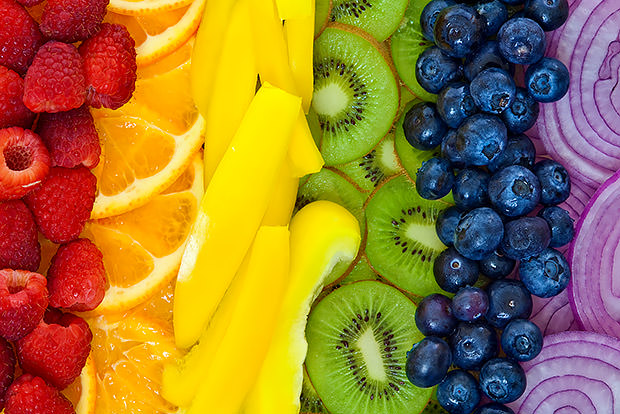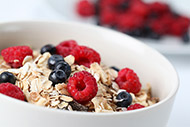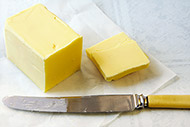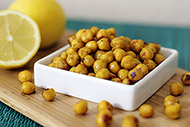
Here are 10 easy ways to fill your plate with more fruits and vegetables:
Eat vegetables for breakfast. Vegetables first thing in the morning may feel strange if you typically eat yogurt and cereals, but there are many delicious ways to squeeze them in. When your scrambled egg is almost cooked, stir in a ½ cup of chopped spinach (102 calories). Create a breakfast sweet potato hash by cooking 1 cup of chopped kale and a ¼ cup of chopped onion in a ½ tablespoon of olive oil. Stir in 3/4 cup of peeled and chopped baked sweet potato (245 calories).
Add vegetables to your smoothie. Don’t fear the color or the flavor. A cup of fresh kale or spinach added to a berry smoothie brings out an unexpected, surprisingly delicious taste. A few slices of fresh cucumber taste great when blended into smoothies with pineapple or ginger.
Never snack without them. Always include a fruit or vegetable with your snacks. Want some nuts? Add half of an apple or a handful of carrot sticks. Want yogurt? Eat some berries with it.
Always load your sandwiches. Whether your sandwich is stacked with turkey or spread with hummus, load it with fruits and vegetables. Think beyond lettuce and tomato, and add fresh pineapple, apple, avocado, arugula, shredded cabbage, mushrooms, or red peppers.
Set a minimum number for your salads. Vow never to make a salad with fewer than five fruits and vegetables. You will get more nutrients and flavor than the standard lettuce-only version. Add chopped bok choy, kale, napa cabbage, green onions, broccoli, cooked sweet potato, grapes, or mango.
Use them as a base. Take a break from grains, and serve all your main courses over fruits and vegetables. Grilled fish is delicious over a fruit salsa. Chicken breasts can be served on a bed of sautéed kale seasoned with curry powder. Bell peppers and tomatoes can be hollowed and stuffed with cold beans and grain salads.
Incorporate purées during cooking. Vegetable purees will make dishes rich and thick while adding nutritional value. Add a cup of puréed potatoes or cauliflower to vegetable soups. Stir a ¼ cup of puréed sweet potato or pumpkin into your oatmeal. A cup of butternut squash purée adds rich flavor to marinara sauces and chili.
Stretch your servings. Vegetables can make a meal go much further. Add diced bell peppers, onion, zucchini, and eggplant to ground meat dishes, or double the chopped vegetables in pasta salads to reduce the calories and serve more people.
Look to other cultures for inspiration. Asian and Indian cuisines are rich in fruits and vegetables. You can incorporate ideas from these cooking styles to create new meal combinations.
Don’t pass on dessert. Fruit is ideal for satisfying your sweet tooth. Try slicing half of a banana and drizzling it with a tablespoon of melted semi-sweet chocolate chips (130 calories), or choose one cup of fresh strawberries with your chocolate (118 calories).



 3 Healthy Lunches for Your Work Week
3 Healthy Lunches for Your Work Week
 5 Tips for Stretching Your Budget for Healthy Food
5 Tips for Stretching Your Budget for Healthy Food
 Best Ways to Reduce Added Sugar
Best Ways to Reduce Added Sugar
 Healthy Tips to Lighten Up Picnic Foods
Healthy Tips to Lighten Up Picnic Foods
 Do You Need to Drink Milk?
Do You Need to Drink Milk?
 Tips to Keep Track of Water Intake
Tips to Keep Track of Water Intake
 Butter vs. Margarine: What’s the Best Choice?
Butter vs. Margarine: What’s the Best Choice?
 7 Good Mood Foods
7 Good Mood Foods

 Pinterest
Pinterest RSS Feed
RSS Feed